Next up, the name. Grand Caverns was adopted in 1926, presumably to shorten the cave name and give it a name appealing to tourists.
And finally, the name of the town. I don't know the history, but can explain the word "grotto." A grotto is a cave with human usage in some way, and Grand Caverns has seen human usage as a show cave and historical site for over 200 years.
I was there as part of a group that has volunteered over the last many years to map the cave, clean the cave, improve the cave and generally use caver volunteers to help out as needed. Many, many projects have been completed. But one project that needs continual attention, is the cleaning of green stuff growing around the lights that are used for the commercial tours. Yes, as said so eloquently in Jurassic Park, "Life will find a way," and here it is algae and such that grows underground, and is green with chlorophyll, using the cave's lighting as an energy source. Such things are not part of the normal cave ecosystem, so need removed.
And of course, while in the cave, I took my usual bunch of photos, and will put them up here over the next couple days. For today, I am going to focus on soda straws, because I posted the quite interesting soda straw with an air bubble recently from Melrose Caverns, and figured to post some pics of normal soda straws in action.
But first...
The water comes through the limestone rock, and drips from the ceiling of the cave. And each time it does this the water de-gasses a bit of carbon dioxide and deposits a bit of calcium carbonate around the circumference of the drip, forming a tube with a drip at the bottom, and the water coming through the tube.
So it is a crystalline structure, made of calcium carbonate (with a few other possible chemical compositions that do not need mentioned here), that is in the shape of a soda straw and has water moving down the middle of it.
And a brand new one looks like this...
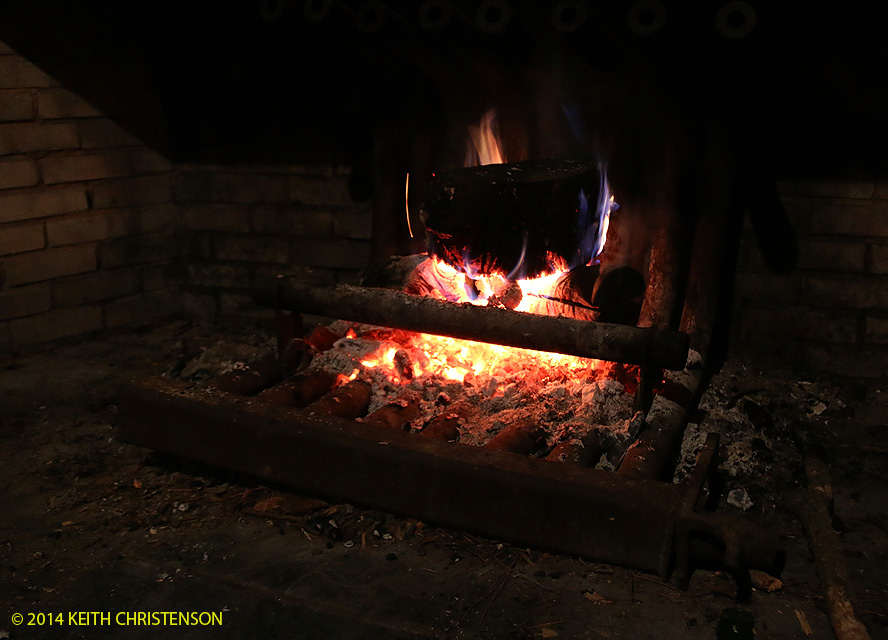
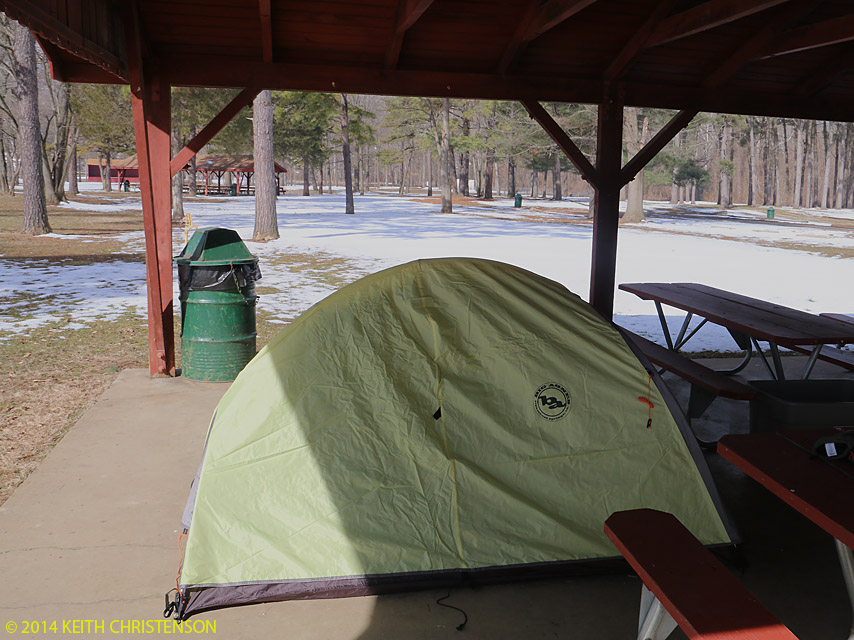
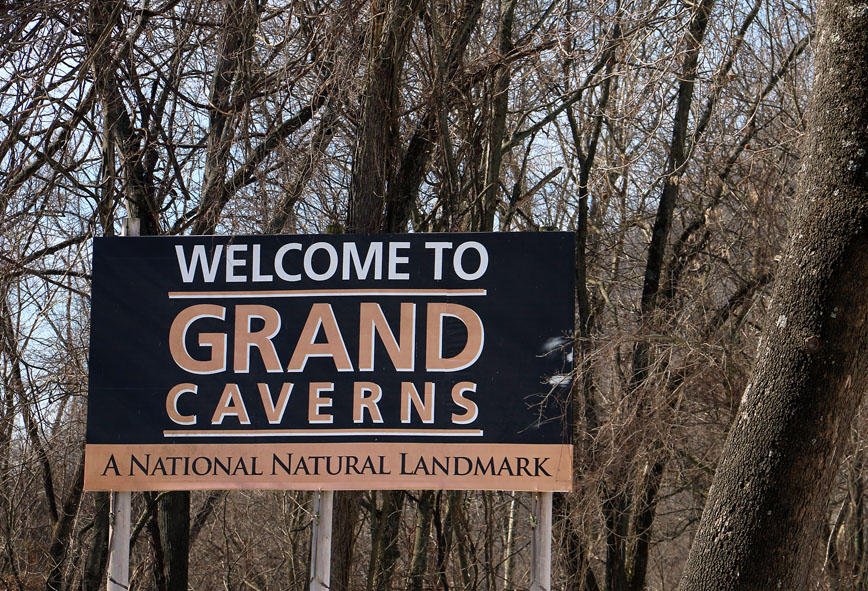
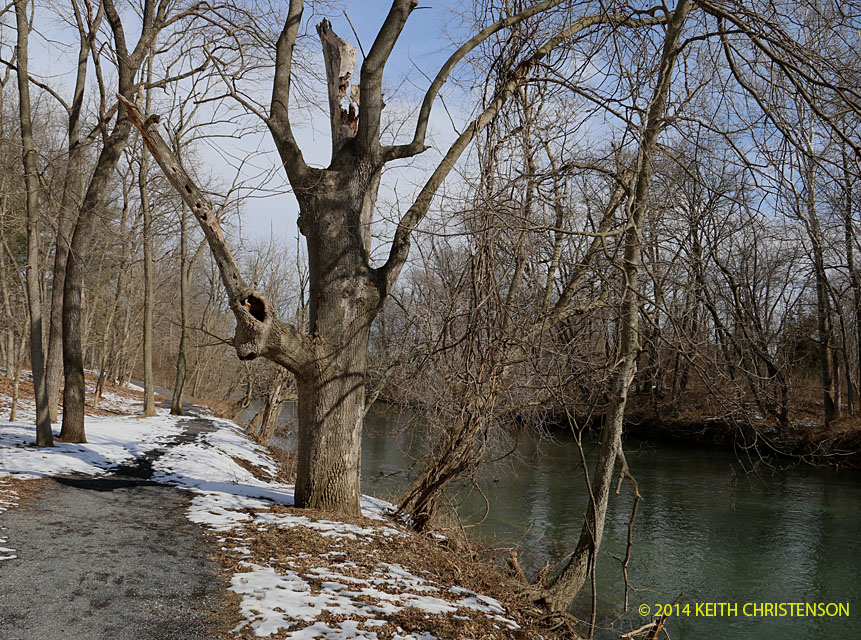
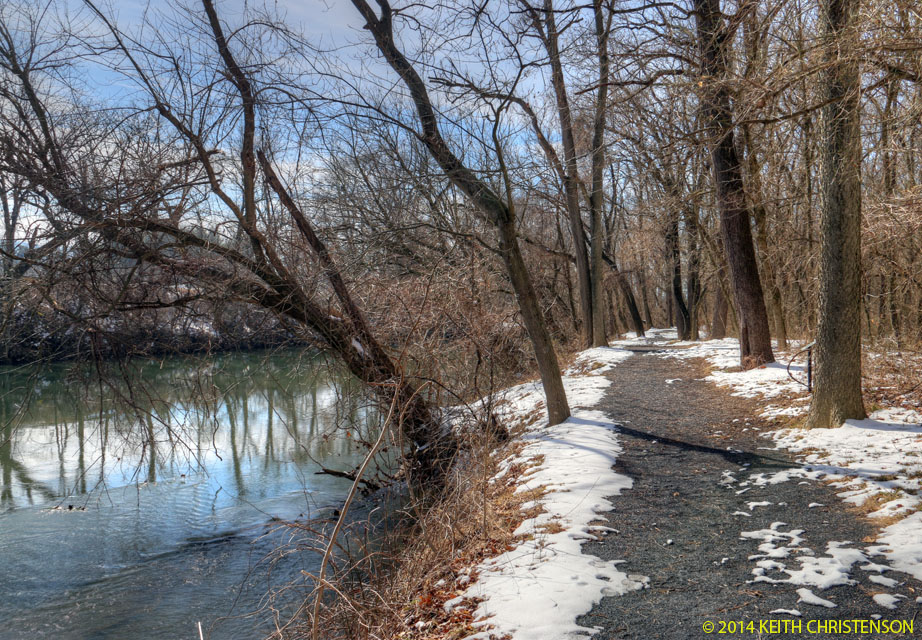

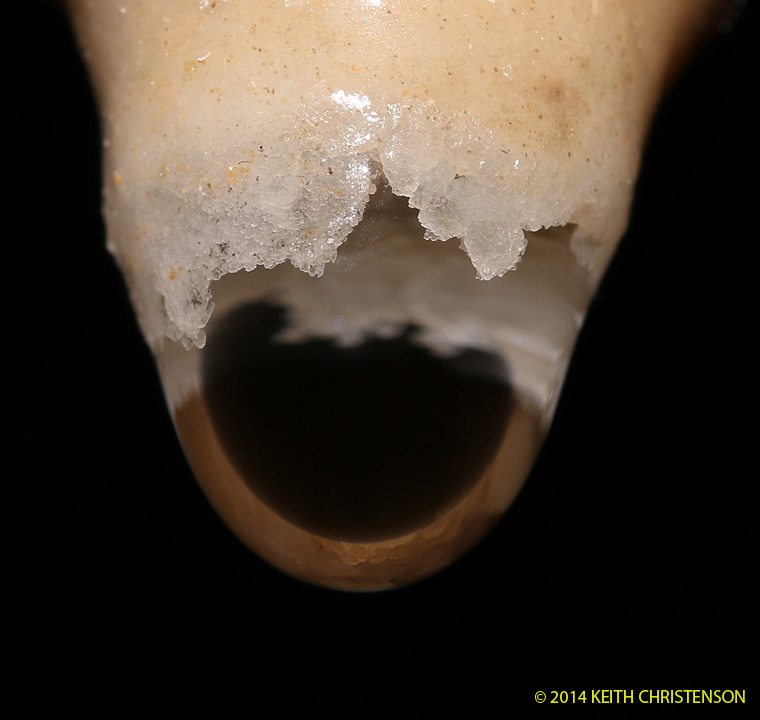
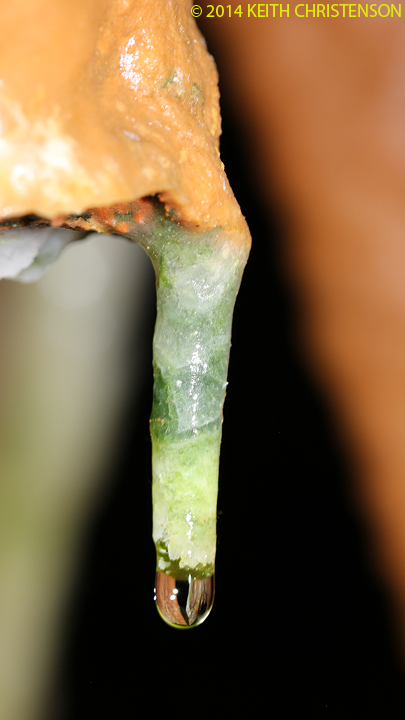
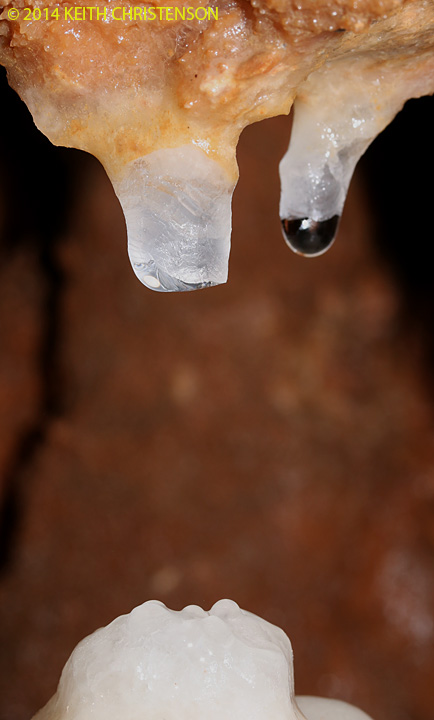
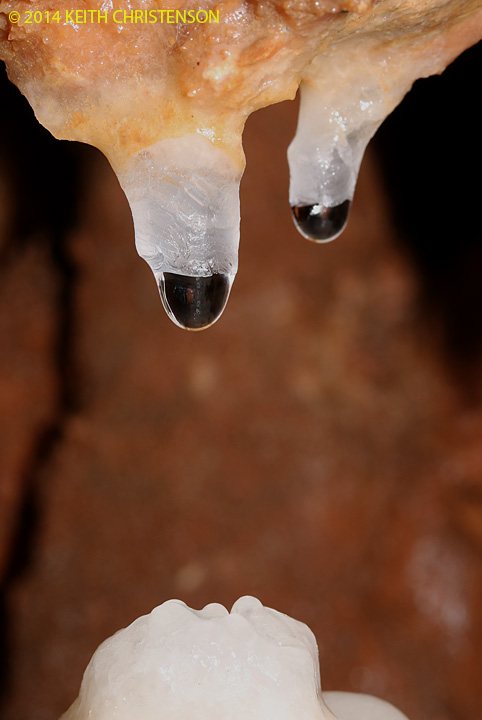
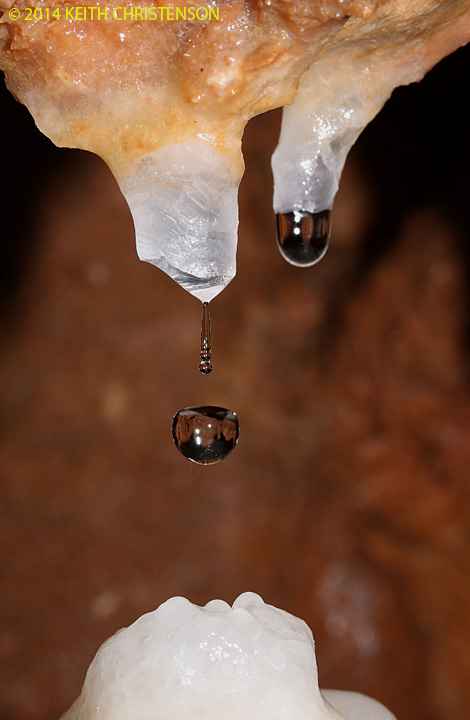
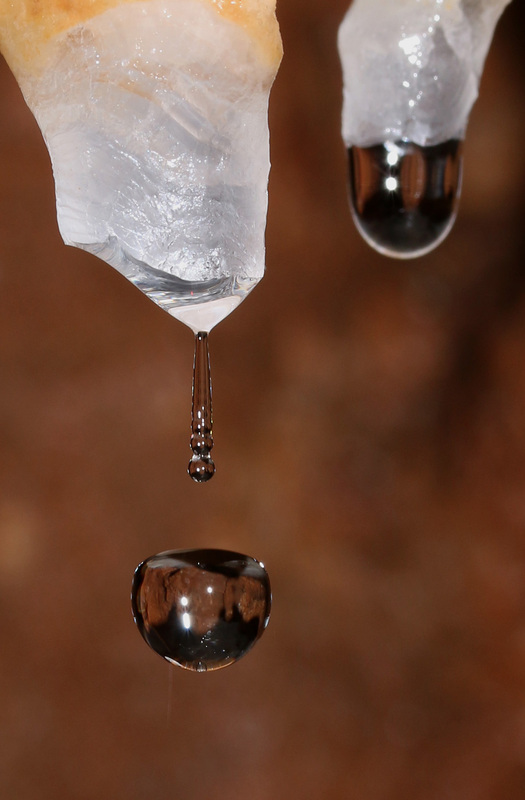
 RSS Feed
RSS Feed